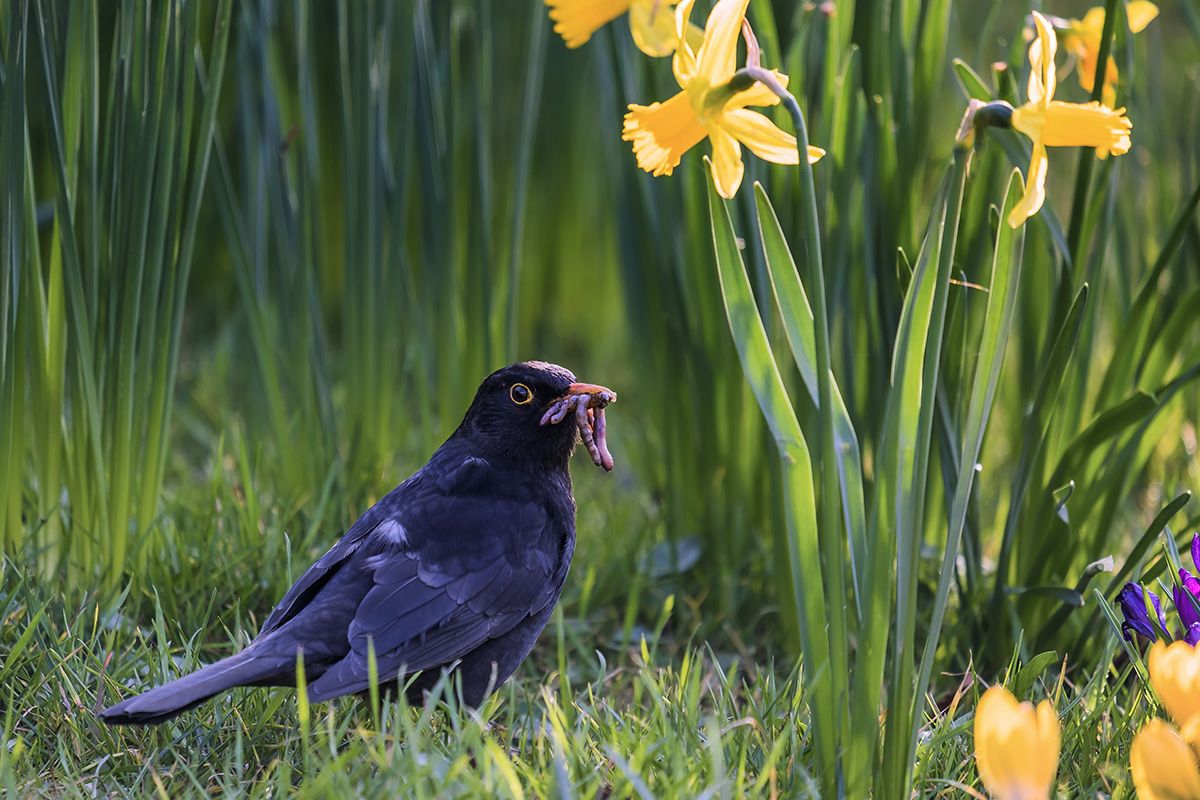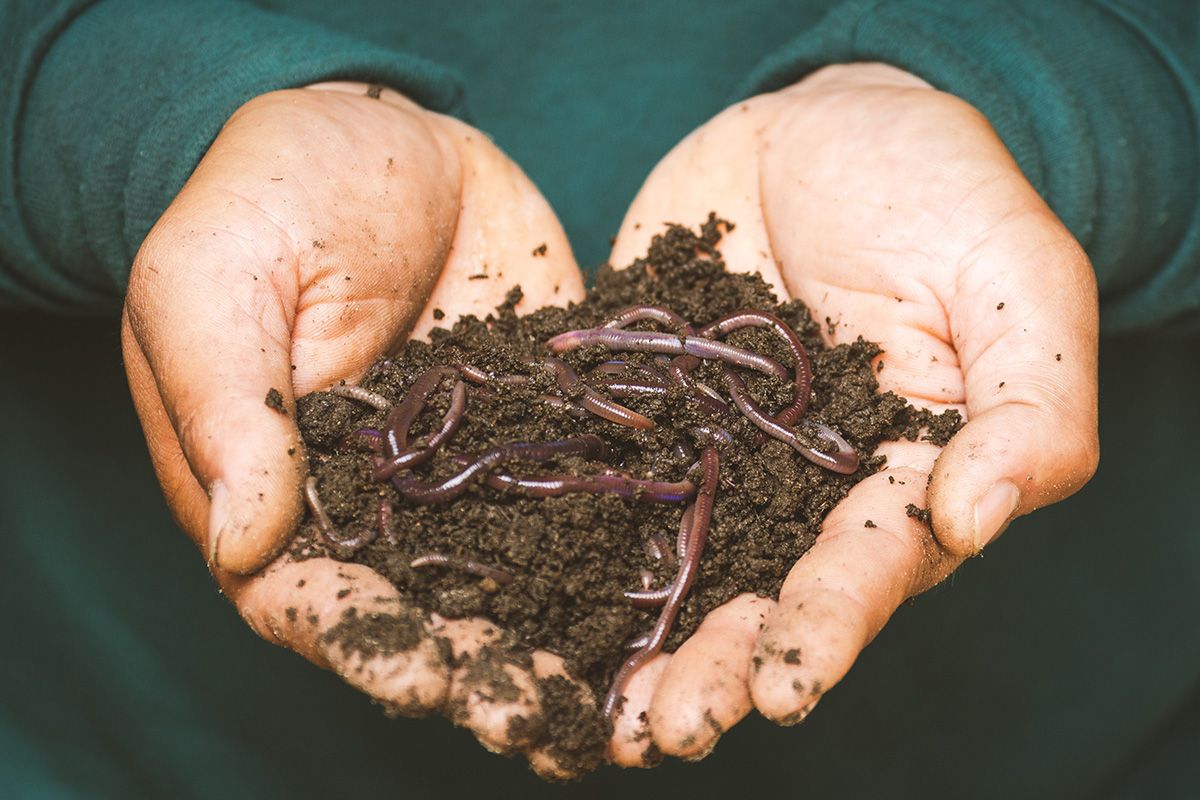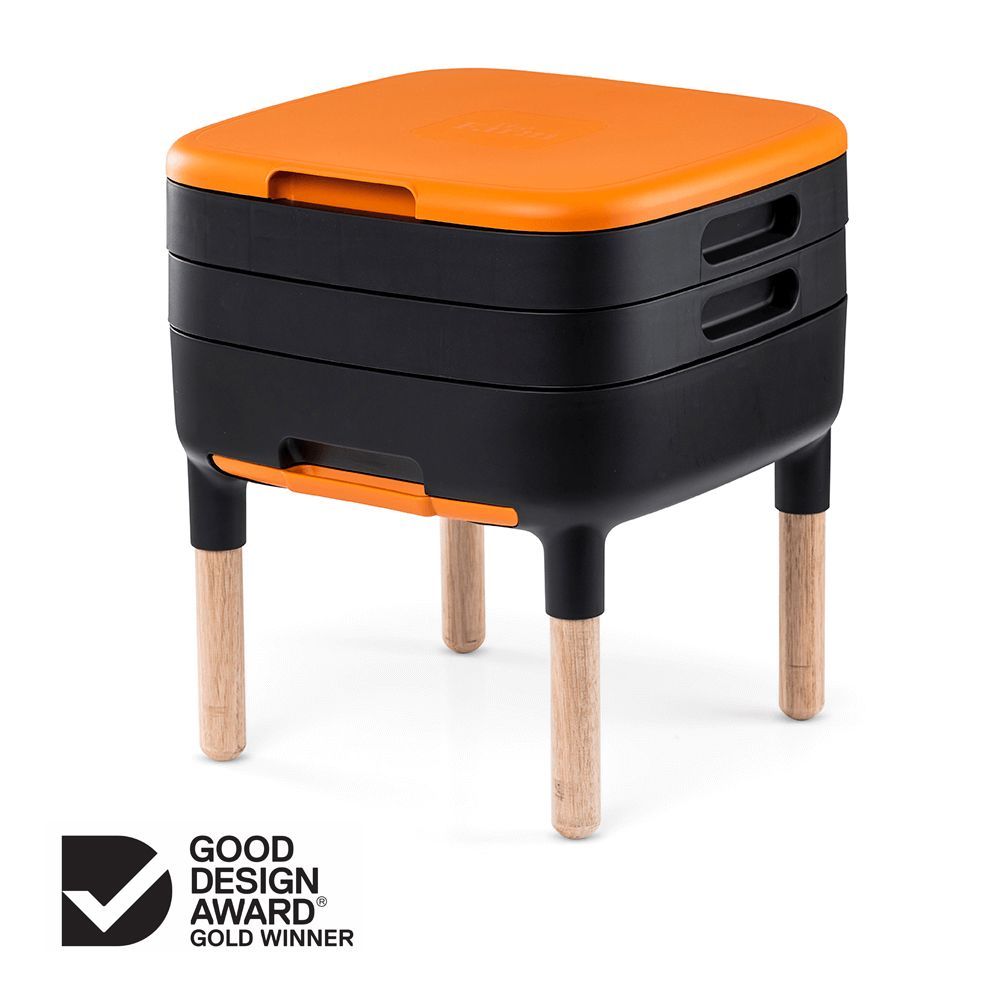Do you like your lovers aloof, complicated, gender fluid and really really dirty?
Think romance is about quantity, not quality?

Then a couple of thousand worms might be a match writhing in heaven (cue Fat Boy Slim?). That’s all cool, we don’t judge, and here are 5 tips to make such a special relationship last thousands of lifetimes.

1) Worms have 5 hearts…
Worms have blood similar to you and I, with haemoglobin to carry oxygen, and their own blood cells. Like our veins and arteries, worm blood is carried in tubes and circulates up their backs and down their tummies.
This movement is made by 5 pairs of special muscles that squeeze their blood tubes, like little mini hearts. As they work in pairs most people say worms have 5 hearts, but counting each makes 10, and seeing as they aren’t exactly like our hearts, some people say 0. The point is worms are complex creatures and need love and care. If you chop a worm in half, you don’t get two living worms. You get two halves of a dead friend.
A compost bin is staffed by fungi and bacteria, simpler hardy creatures that breed back up fast and can even re-populate your compost moving on the wind and through the soil.
A worm farm relies on higher-tech workers, who are fussier about their conditions and harder to replace, so make sure your enterprise bargaining agreement meets their needs as well as your own.

2) Worms breathe through their skin
Worms don't have lungs. Their long shape means they have a great surface area to volume ratio and can get oxygen from their outsides to their insides with a simpler set up. However, this does restrict them to moist environments. If their environment dries out they can exude some mucus for a short while to keep breathing, but if they don’t find moisture soon, they die.
Similarly, compost worms and earthworms can’t survive underwater. There’s less oxygen in water than in air and they don’t have gills to compensate. Worms drown if submerged for about an hour. That’s why our complicated but miraculous trash-to-treasure workers need an environment that is moist but not wet, like a freshly wrung sponge.

We designed ‘The Farm’ to drain freely to avoid bogging up, with a ‘worm saver tray’ to stop any worms from falling into your worm juice jug. While most worm farms are on the wetter side due to lots of moist food scraps, as with any worm farm, it is a good idea to poor a little water through it each week.

3) Worms have no teeth
So how do worms eat their own body weight in food a day? They have powerful throats that suck up their food like a vacuum cleaner. A worm does part of its digestion outside its body. Worms farm beneficial soil bacteria all around them. The bacteria do part of the digestion and the worm eats the bacteria and a host of other soil organisms like amoeba and nematodes. Worms are actually predators in a tiny world we can’t see, keeping the bacteria in check much like an aquarium snail stops algae gunking up the tank. Feeding your worms more than they can eat is a problem, because the bacteria can’t be kept in check fast enough, and make a big messy acidic wet mess, that turns worms right off (but more on their turn ons below!)
As well as being predators worms DO suck up little crumbs of decade food scraps etc, but it has to already be small. They then grind it in their muscular stomachs aided by soil grit. So they’re omnivores like us. And now we know why chopping our food scraps smaller makes our worm farms go so much faster.

4) Worms are bisexual orgy experts
Worms don’t just form out of the soil. Worms are hermaphrodites, each worm has male and female parts, but they don’t mate with themselves. It takes at least 2 worms to do the horizantal tango, often 200! They writhe around each other, each worm exuding both eggs and sperm and lots of goo. When each worm pulls apart from the other the goo globs up into little drops that dry to form an egg (more accurately called a cocoon as they aren’t laid). Each cocoon has 2-10 embryos inside that hatch after a month or so into tiny skinny 4mm long worms.
Worms can breed very quickly if conditions are right, with enough food, but not too much so they still have enough air, moisture and a neutral pH (6.5-7). Also the eggs can lay dormant for years waiting for worm friendly conditions. This is why it’s important to feed your worms only what they can eat, and gradually increase food scraps as their population increases. A cup of worms will process half a cup of food scraps each day. If you keep conditions worm friendly, they’ll double their population every 3 months.

5) Worms are cold-blooded
Like reptiles, worms don’t regulate their body temperature internally. This means they are dependent on the temperature of their environment. Worms can survive between 4-32 degrees c, but they suffer and become less productive in the extremes.
Keeping your worm bedding (as opposed to the air temperature) between 15-25 degrees c, for happy worms that love you back with all 5 of their lovely little hearts.
Words: JP Williamson. Imgs/Edit: Victoria Waghorn


